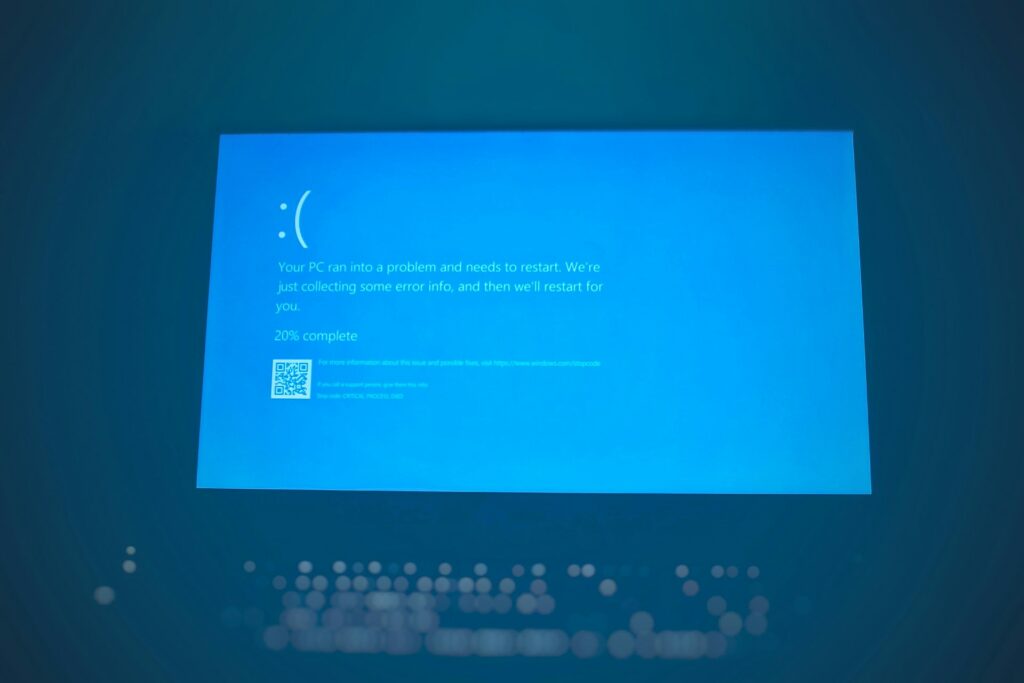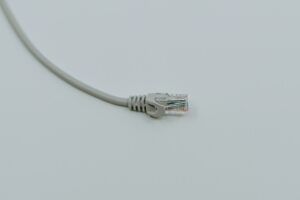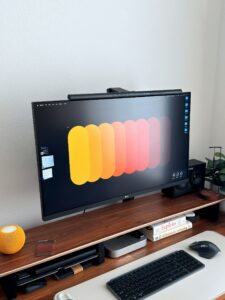Solutions to the Problem of the “Blue Screen of Death” in Windows 10 and Windows 11

Solutions to the Problem of the “Blue Screen of Death” in Windows 10 and Windows 11
The mistake known as the “Blue Screen of Death” (BSOD) is one of the kinds of failures that Windows users fear the most. It manifests itself unexpectedly, compels your computer to restart, and often causes you to be concerned about the possibility of losing data or causing damage to your system. Even while BSOD errors may be caused by a wide variety of factors, ranging from driver problems to hardware failures, the majority of them can be fixed by doing methodical troubleshooting.
In Windows 10 and 11, this tutorial will help you through understanding the Blue Screen of Death (BSOD), determining the source of the error, and correcting it.
1. Understanding the Blue Screen of Death.
When Windows experiences a catastrophic issue that it is unable to recover from without restarting the system, it will halt the system by displaying the blue screen of death (BSOD). You will see an error number and, on occasion, a file name that is associated with the source of the issue. Some of the most common BSOD error codes are:
- DID THE CRITICAL PROCESS
- THE MANAGEMENT OF MEMORY
- IRQL Is Not Less Than or Equal
- an exception that was not handled by the system
2. Make a quick note of the error code
Take a picture or jot down the problem code whenever the blue screen of death displays. Through this, you will be able to explore the specific problem and locate specific solutions.
3. Perform a restart in the Safe Mode
In the event that your computer continually fails before Windows loads:
- Make sure your computer is turned off.
- While it is still in the process of booting up, turn it on and then abruptly shut it down again (do this three times).
- Troubleshoot > Advanced Options > Startup Settings > Restart is the menu option to use while you are on the recovery screen.
- For Safe Mode, use the F4 key.
- In Safe Mode, just the most important drivers are loaded, which makes it much simpler to detect software that is causing issues.
4. Recheck for Any Recent Alterations
If you get a blue screen of death after installing new hardware, software, or updates, try the following:
- removing the most recent application or driver that was installed
- Disconnecting recent devices that have been linked
- In order to roll back recent Windows updates, go to Settings > Windows Update > Update history.
5. Either roll back or update the drivers
A typical cause of BSOD is drivers that are either faulty or out of current.
- To update drivers, press the Windows key and the X key simultaneously. Then, go to the Device Manager, right-click the device, and choose Update driver.
- Roll Back Drivers: If the problem began after an update to the driver, follow the instructions in Device Manager to roll back to the prior version of the driver by selecting Driver > Roll Back Driver.
6. Execute the Windows Memory Diagnostic program.
The BSOD issues that are connected to memory might be caused by faulty RAM.
- Use the Windows key and the R key to enter mdsched.exe.
- Select the option to restart now and check for any issues.
- RAM will be tested by Windows, and any problems will be reported.
7. Examine the disk for any errors.
Crashes may also be caused by files that are corrupted or by faulty sectors.
- Using the Administrator account, open the Command Prompt and type:
- command to copy and edit chkdsk /f /r
The scan will begin after you press the Enter key and restart your computer.
8. Perform a scan for malicious software
Malicious malware may cause a wide variety of blue screen of death issues. A comprehensive scan should be performed using Windows Security or a reputable antivirus application.
9. Disable the overclocking feature.
If you have overclocked your central processing unit (CPU) or graphics processing unit (GPU), you should return to the default settings. An unstable system and blue screen of death (BSOD) may be caused by overclocking.
10. System Restore should be used.
If the issue continues to occur, you should restore your system to a prior state in which it was functioning normally.
Select Recovery from the Control Panel, then select Open System Restore.
11. Inspect the Components of the Hardware
However, if the software remedies do not work, the problem may be due to the hardware:
- Perform independent tests on each RAM stick.
- Examine the state of the storage using applications such as CrystalDiskInfo.
- Examine both your motherboard and your graphics processing unit for any signs of damage.
12. If no other option is available, reinstall Windows.
Make a backup of your data and then undertake a clean reinstall of Windows in the event that nothing else works. It is recommended that this be done only after all other alternatives have been exhausted, since it will resolve any software concerns.
Although the Blue Screen of Death may be very aggravating, the majority of the time, it can be fixed without the assistance of a professional. You can often restore the stability of your system by carefully recording the problem number, doing driver troubleshooting, scanning for malicious software, and inspecting the hardware.






